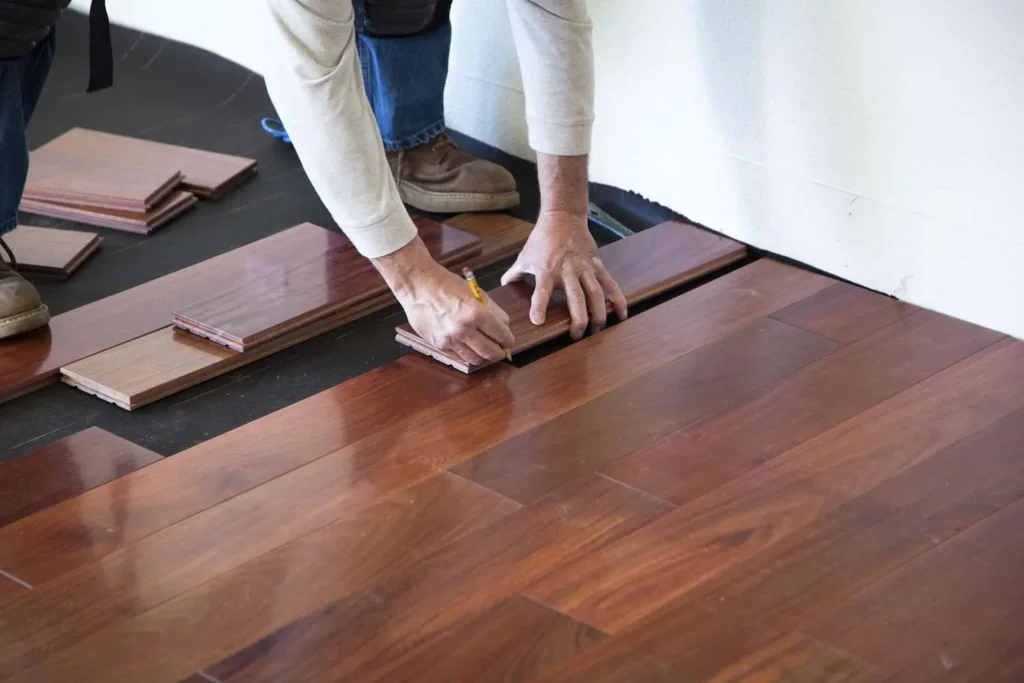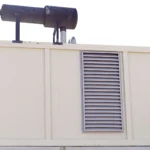When considering timber flooring, one must grasp the various factors influencing costs. These include the type of timber selected, the area’s size, and the intricacy of the installation process. Each decision impacts both the initial expenses and long-term maintenance requirements of your flooring. Timber flooring options range widely in price and quality. This article will dive deeper into the factors influencing the overall cost of your project. Read on!
Factors Influencing Installation Costs
Type of Timber:
The type of timber you choose significantly impacts timber flooring installation costs. High-end hardwoods such as oak, maple, or walnut are prized for their beauty, durability, and long lifespan. However, they often come at a higher price due to their quality and the sourcing and preparation processes. Exotic hardwoods, like Brazilian cherry or teak, can be even more expensive due to their rarity and import costs. On the other hand, engineered timber and laminate options offer a more budget-friendly alternative while still providing a similar aesthetic appeal. Engineered timber consists of a real hardwood veneer over layers of plywood or high-density fiberboard, offering greater stability and moisture resistance than solid wood at a lower cost. Laminate flooring, which consists of a printed image of wood or stone bonded to a high-density fiberboard core, is the most affordable option.
Area Size and Layout:
The size and layout of the area to be floored directly influence installation costs. Larger spaces require more materials and more labour time, which increases the overall cost. Additionally, complex layouts, irregularly shaped rooms, or rooms with multiple corners and angles may require more intricate installation techniques and additional labour, further adding to the cost. It’s essential to accurately measure the area and discuss any unique features or challenges with your installer to get an accurate estimate.
Installation Method:
The chosen installation method can also affect costs. Traditional nail-down installations involve securing each plank to the subfloor with nails or staples, which is labour-intensive and time-consuming. This method may be more expensive due to the skilled labour required. Alternatively, floating floor installations involve locking or glueing the planks together over an underlayment, which can be quicker and less labour-intensive, potentially reducing costs. Glue-down installations involve applying adhesive to the subfloor and placing each plank directly on it, providing a stable and durable floor but requiring precise installation.
Subfloor Preparation:
The subfloor’s condition plays a crucial role in the success and longevity of your timber flooring. If the existing subfloor is uneven, damaged, or requires levelling, additional preparation work will be necessary before installation can begin. This may involve repairing or replacing of the subfloor, levelling with self-levelling compounds, or adding an underlayment to create a smooth and stable base for the new flooring. Subfloor preparation adds to the overall cost but is essential for ensuring a quality installation and preventing future problems such as squeaks or gaps.
Additional Costs:
Beyond the basic installation costs, there are additional expenses to consider. These may include:
Finishing and Sealing: Timber floors typically require finishing with stains, oils, or polyurethane to protect against wear, scratches, and moisture. The cost of finishing materials and labour should be factored into your budget.
Accessories and Trims: Accessories such as skirting boards, transition strips, and underlayment materials are necessary to complete the installation professionally. These items add to the total project cost but are essential for achieving a polished and cohesive look.
Delivery and Waste Disposal: Depending on the supplier, delivery charges may apply for transporting the flooring materials to your location. Additionally, disposal fees may be incurred for removing old flooring materials or waste generated during installation.
Navigating the costs of timber flooring installation requires careful consideration of factors that contribute to the overall expenses. Investing in quality installation ensures that your timber floor not only enhances the beauty of your space but also adds value to your home. Whether you choose luxurious hardwoods or practical engineered timber, understanding the full scope of installation costs helps you make wise decisions and achieve the best results within your budget.







